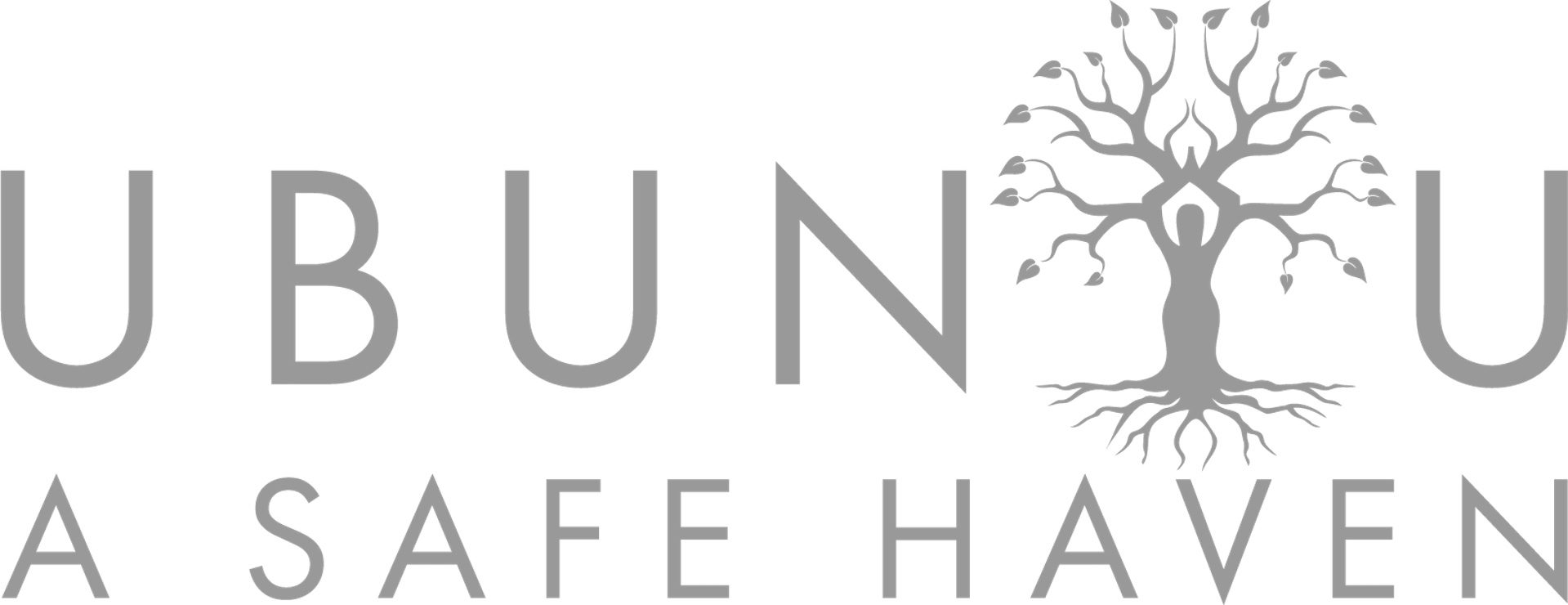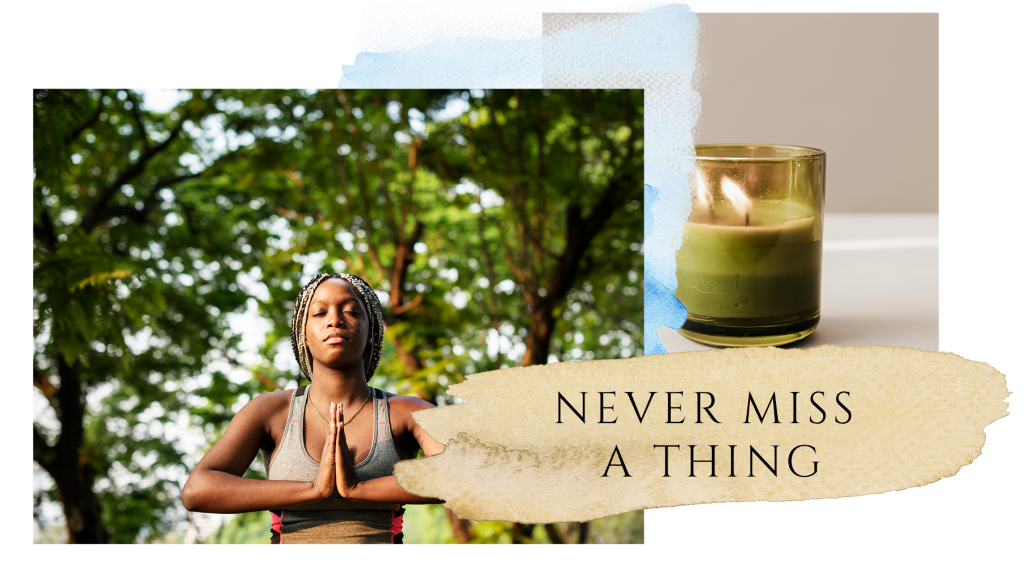Most leaders I know are excellent problem solvers and troubleshooters. They’re experts at spotting a setback, hiccup or mix-up from a mile away. Why? Because mistakes cost money. A misplaced comma or unclear memo can end up costing a company hundreds or thousands or millions of dollars.
However, this strength can also become a weakness if taken too far. This knack for problem-solving can also become a perpetual focus on what isn’t working in their organizations, their relationships and within themselves.
What’s the solution to finding a balance? I believe cultivating gratitude will help you shift your focus and see and appreciate all that is working in the many facets of your life. This appreciation leads to more flexibility and actually makes it easier to fix those things that aren’t working.
Gratitude helps us have grace for ourselves.
Many of us don’t pause to appreciate ourselves and others. The only times we pat ourselves on the back are when we achieve large goals, like getting a promotion or winning an award. What about the smaller moments, though? What about the time when you needed to have a tough conversation with someone and you both managed to come out of it feeling good instead of misunderstood or thrown under the bus?
When I began asking my clients to slow down and tell me about their high-five moments — things they were proud of — they started to show themselves more grace. They stopped looking at only the things they did wrong and started also seeing what they did well.
This reflection is a calibration. Just this week, I did this while talking with one of my clients on the phone. From the tone of her greeting, I immediately knew something was wrong. “OK, what’s the challenge?” I asked. She downloaded the entire challenge, and then right after, I asked, “OK, and what are two of your high-fives from this week?”
The high-fives put the challenge in perspective and created balance. Gratitude reminds us that our challenges are usually not as big as we think they are. And when we feel overwhelmed, our gratitude practice offers us solace — a place to be and find resilience when we do not think we can make it through the challenge presented.
Gratitude helps us have grace for others.
Gratitude helps us be more graceful with others as well as ourselves. As leaders, we often tell ourselves the story that our team members are creating issues for us. When we stop to appreciate what they do well, we can move away from that story.
With gratitude, we approach our team with gentler communication and more flexibility. We begin to lead in a collaborative as opposed to command-and-control, manipulative or dictatorial way. We enter into more integrated, holistic problem-solving that addresses the root problem, not just the problem that presents.
This is key because most of the time, the problem that presents isn’t the real issue; it’s simply a symptom of the true problem.
You can build a personal gratitude practice.
Though the benefits of gratitude are well supported, cultivating gratitude can be tricky. It requires a shift in mindset. A gratitude practice is simply about feeling and expressing gratitude for things in your life. Each person’s gratitude practice tends to look a little bit different. The key is to find something that works for you.
One method many people find helpful is journaling. I have a specific method that many of my clients enjoy. Here’s a basic outline:
• In the morning, start with a quote, several pieces of gratitude, an intention for the day and supporting behaviors for your intention.
• At night, do a wrap-up where you do a quick emotional check-in, list a high-five to yourself, note any magical moments of your day and set the intention you want to take into sleep with you.
Consistency matters here. Try to work on your gratitude practice at least once a day. Don’t beat yourself up, though, if you miss days here and there — it happens to all of us. It’s about participation, not perfection.
A gratitude practice changes you.
When you start a gratitude practice, you start noticing more things to be grateful for. It’s like the Baader–Meinhof effect, in which something that has recently come to your attention suddenly seems to appear with improbable frequency shortly afterward — maybe you just bought a red car and you suddenly start seeing red cars everywhere.
The things we spend our time thinking about are the things we tend to notice. It’s a wonderful compounding loop: The more gratitude you express, the more you find to be grateful for. The more grateful you are, the more wonder and joy fills your life. With wonder comes curiosity, and with joy comes an exponential increase in your quality of life and happiness. Gratitude shifts your entire mindset. It pulls your head out of your rear and gets you looking at the world around you, helping you pivot from an “I” to “we” construct. It also moves your focus from what isn’t working to what is working. When leaders are able to add gratitude to their daily practice, they are able to balance out any hypervigilant problem-solving with a soothing dose of gratitude.
Alexsys “Lexy” Thompson is a coach, author, entrepreneur, and conflict resolutionist committed to creating safe spaces for souls to show up. This article originally appeared in Forbes magazine.



